#still insane about this
Text

Credits: x
#is your team full of models too???#janik möser#grizzlys wolfsburg#del#still insane about this#esp his tattoo 👀👀
14 notes
·
View notes
Text

2 notes
·
View notes
Text
hate when you find a character whose so infuriatingly Your Type that its embarrassing like yeahg no one is gonna be surprised when i announce this is my new Guy Of The Month
#shush jesse#this post abt astarion#hes just so painfully on brand for me#i know so little about him though is the thing but i still feel insane#but i cant play the game and i dont want to watch anyone play it and i dont want spoilers#so like.....secondhand blorbo right now
109K notes
·
View notes
Text

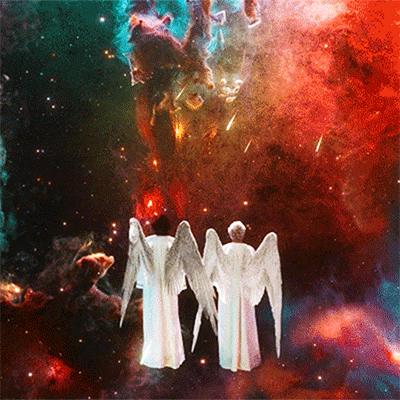
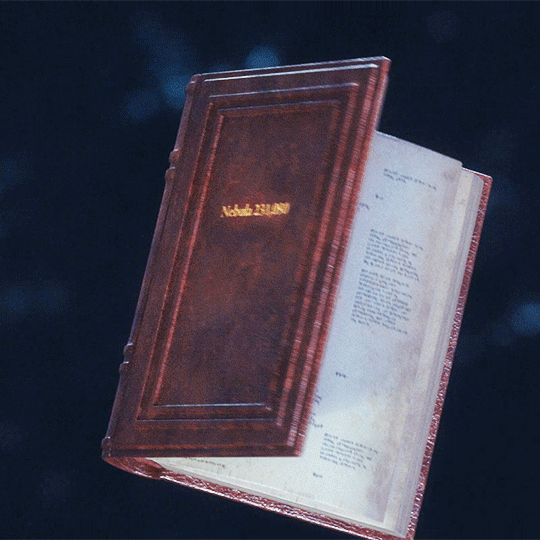

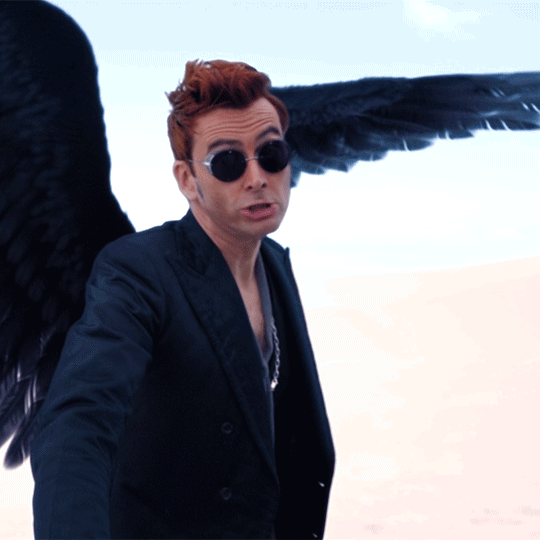

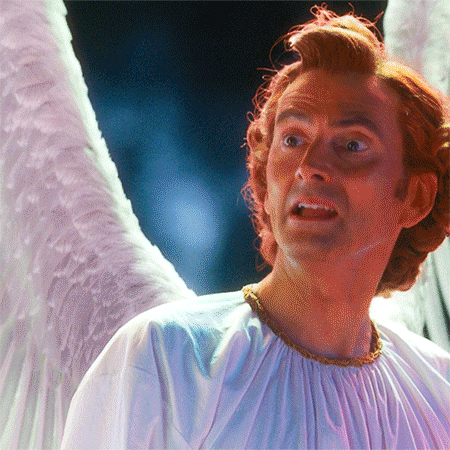
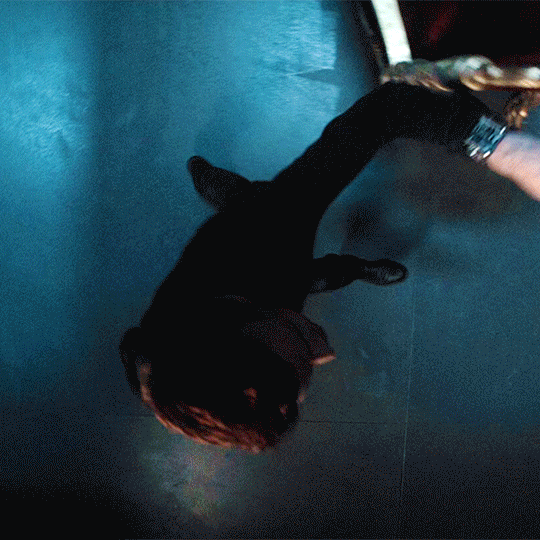
crowley used the metal tool in season 1 to start time, and we learn that he's used it first to start space. to create the stars -- he still remembers how. he still remembers all of heaven's passwords: in the book crowley is described as an optimist because he has the "utter surety... that the universe would look after him". not god, but the universe. and of course he does: he helped create it and he's looking after it, too.
think about it: aziraphale had a sword, but crowley is about to face satan who wants to destroy the world, and crowley's only weapon is a tool of creation
#more importantly it's always been noted that his imagination#is why he stands out from the other demons#it was his imaginative questions that kicked him out of heaven#but it was also his imagination that was always his weapon#and his saving grace that got him out of scrapes#that kept his bentley together#and i just. crowley and creation akkdssdkf#he also still has a goddamn book about stars#do you understand#he didn't just keep the metal tool#he also keeps with him a book#about all the nebulae#he created#my edits#i'm still not okay#once again neil gaiman was insane for this#good omens#good omens 2#good omens spoilers#good omens 2 spoilers#goodomensedit#tw: flashing gif#good omens meta#tw: flashing lights#tw: eyestrain
19K notes
·
View notes
Text

here's to old hungry men
#my art tag?#baldur's gate 3#gale of waterdeep#astarion#bloodweave#very insane about them still thank u
5K notes
·
View notes
Text
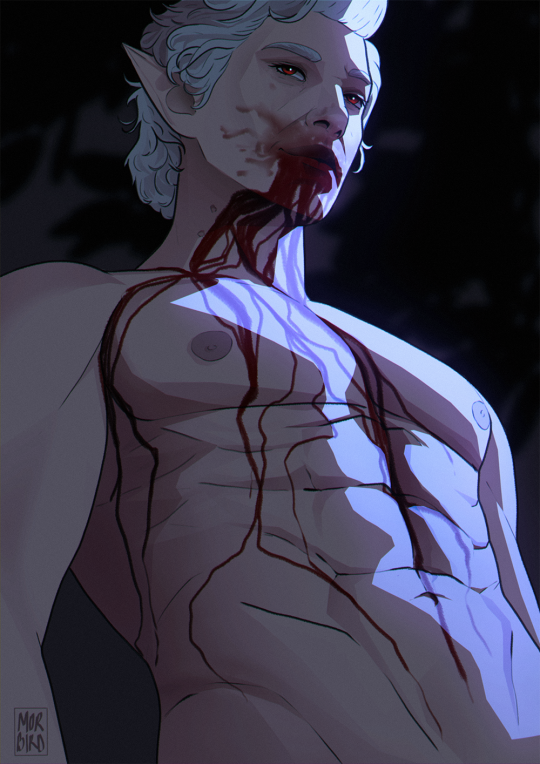
How delicious...
#baldur's gate 3#bg3#bg3 fanart#astarion#bg3 astarion#fanart#this is a “sketch” that got out of hand#but anyways#im still sooooooooooooooooo insane about him
3K notes
·
View notes
Text

pondering life outside of borscht bowl club
#im still insane about beanix thanks for asking#ace attorney#ace attorney fanart#phoenix wright#beanix
5K notes
·
View notes
Text
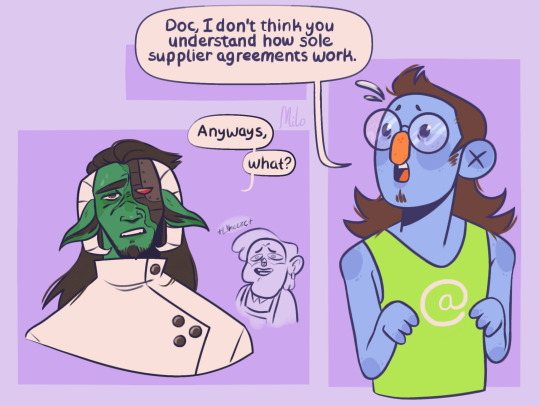
anyways. What
#atlas.art#artists on tumblr#mcyt#hermitcraft#hc s10#docm77#joehills#joe hills#juppet#vintagebeef#doc beef and joe just slowly fucking loosing it throughout this interaction is one of my favorite things that's ever happened on hermitcraf#also. watching his fucking gigantic hour glass slowly grow in the background of other peoples videos for the last week#why did he do that to himself so early in the season omg 😭#it literally is so ridiculously large it is insane. it looks insane next to everything else around it. it takes up the entire skyline#im thinking about keralis. who built his lake facing the shopping district so he could avoid looking at iskall's monolith while fishing#or mumbo and grian joking about making the biggest mega build in the shopping district for their wart shop. good luck with that now lmao#seriously if you haven't already y'all should go watch Wels' last video if only to see that thing grow in the background throughout the vid#wels built an entire castle on accident in that video and i still spent the entire duration going 'DOC WHAT THE HELL' it was so distracting
2K notes
·
View notes
Text

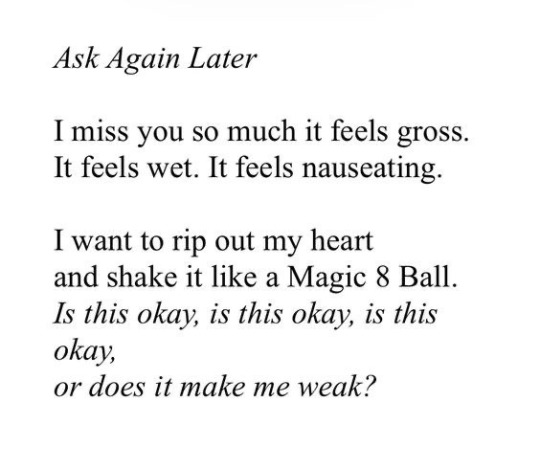

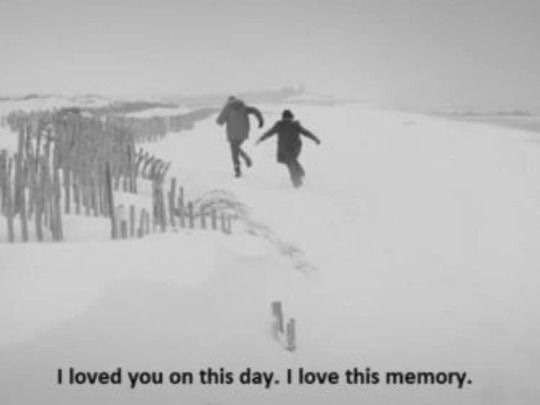

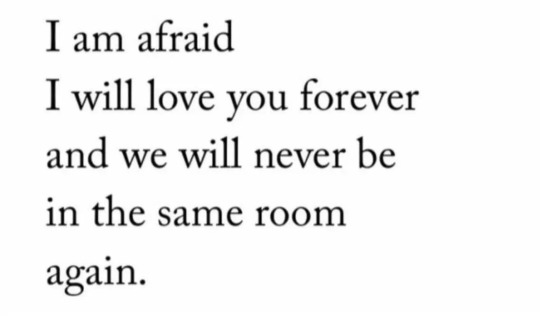

missing someone bad for you
trista mateer / trista mateer / sue zhao / u.k / u.k / clementine von radics / trista mateer
#web weaving#webweaving#on loneliness#on grief#on missing someone#on love#quotes#poetry#text#i miss them so bad it aches! i want to cry in their lap again! i want to tell them about everything! i want the world to stop ending!#i was treated like a dog. i left on my own but i still miss the doghouse in the backyard#it wasn’t much but it was something. i should’ve taken what little i could get. i didn’t know that i would leave and get nothing instead#the decision to eat nothing instead of the scraps on the floor is insane. and now i’ve got nobody and we’ll never talk again#there’s a person with half of my soul walking around and i can’t do shit about it#i forget them for a moment but then i see them in my instagram notifs and i blow up the world
2K notes
·
View notes
Text
forever obsessed with dynamics between vampires, specifically that of a maker and fledgling, as a way to explore abuse. the creation of a vampire itself can so easily be a literalization of the lasting impacts of trauma and also much more simply the ways a perpetrator might shape their victim’s very identity. the extremes of isolation in the way that the new vampire, in most narratives, must cut all ties to their mortal life, or else go through an elaborate charade to maintain the facade of humanity, while forever still being removed from it. and the sheer dependence and vulnerability of being in an entirely new state of being, wholly uncertain of what it entails, and relying on another person to define… everything.
#or just the moral dilemmas#rewatching amc interview is kind of making me insane#that moment in episode two when louis is looking for a sort of assurance in the fact that lestat may actually have some good in him#look at how he cares about music look at the simple wondrous things that can bring him joy#and then the immediate dread when the opera performance turns out to be imperfect because he knows how lestat will react to *that*#I think there’s also something really interesting in the highlighting of lestat upbraids the less skilled singer before killing him#(slowly)#but also I will wait to watch more before I articulate my thoughts#vampires#interview with the vampire#amc interview with the vampire#i ramble sometimes#I do still find the lestat and claudia film and novel dynamic by far the most compelling for how she tries to usurp him but almost to be him#but I’m enjoying this#I’m very curious if I will like show claudia more on rewatch#the movie always resonated most with me (sue me lol) because there seemed to be more simultaneous fondness and attachment even at the end
4K notes
·
View notes
Text
you know that feeling of wishing you could go back in time and read your favourite book again for the first time? watching pjo tv feels like being able to do that
like i’ll never be 11 years old reading percy jackson for the first time again but i think this is the closest feeling i’ll ever get to that like i feel like 11 year old me got to watch that and i’m so happy for her and that’s a feeling that i am so grateful for right now
#whatever happens in this show i am so happy to have this#i have so much faith in this adaptation#i always have#but especially after watching that#like you can tell rick was involved in this#and you can tell the people making it truly care about the books#the attention to detail is insane#even in the places where it’s not 100% accurate it still FEELS the way the books do#and that’s what’s important#the adaptation of all time i’m calling it#percy jackson#pjo tv show#percy jackson and the olympians
2K notes
·
View notes
Text
i know this scene has been talked to death at this point but genuinely the picture of marcille with her hands feet and hair all bloody after fighting the dragon, sorting through the dragon's literal fucking guts and gore in order to find falin's bones after having been squeamish around other monsters. using resurrection magic to bring falin back bc thats what she came down there for and by god she was going to do whatever it took. like jesus christ
#dungeon meshi#dunmeshi#do i still need to spoiler tag this?#marcille donato#farcille#genuinley i feel like if i thinnk about ti for too long i'll go insane. marcille donato ms 'consumed by devotion' of the year everyone
1K notes
·
View notes
Text
So I accidentally almost got into an argument on Twitter, and now I'm thinking about bad historical costuming tropes. Specifically, Action Hero Leather Pants.
See, I was light-heartedly pointing out the inaccuracies of the costumes in Black Sails, and someone came out of the woodwork to defend the show. The misunderstanding was that they thought I was dismissing the show just for its costumes, which I wasn't - I was simply pointing out that it can't entirely care about material history (meaning specifically physical objects/culture) if it treats its clothes like that.
But this person was slightly offended on behalf of their show - especially, quote, "And from a fan of OFMD, no less!" Which got me thinking - it's true! I can abide a lot more historical costuming inaccuracy from Our Flag than I can Black Sails or Vikings. And I don't think it's just because one has my blorbos in it. But really, when it comes down to it...
What is the difference between this and this?
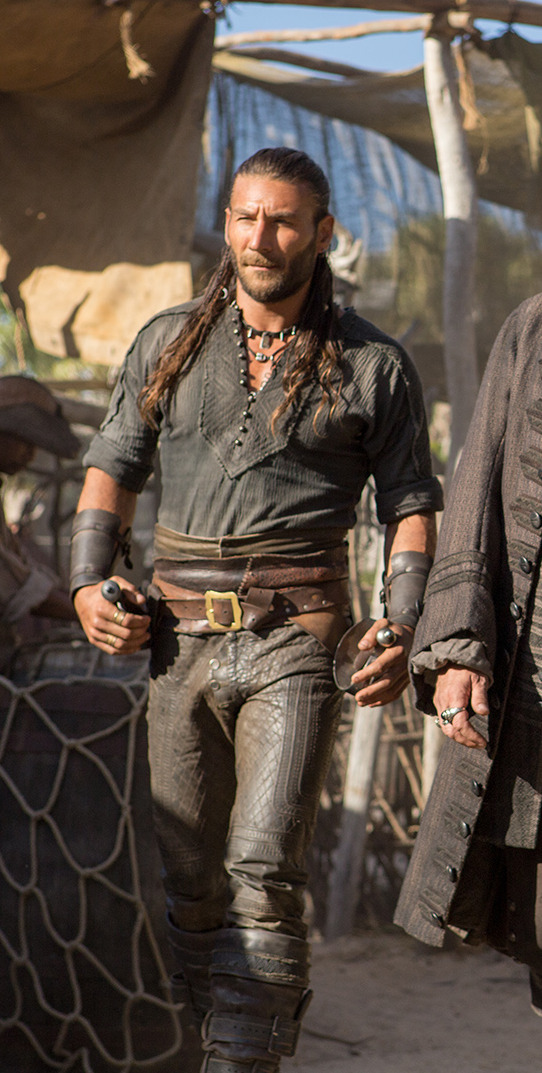
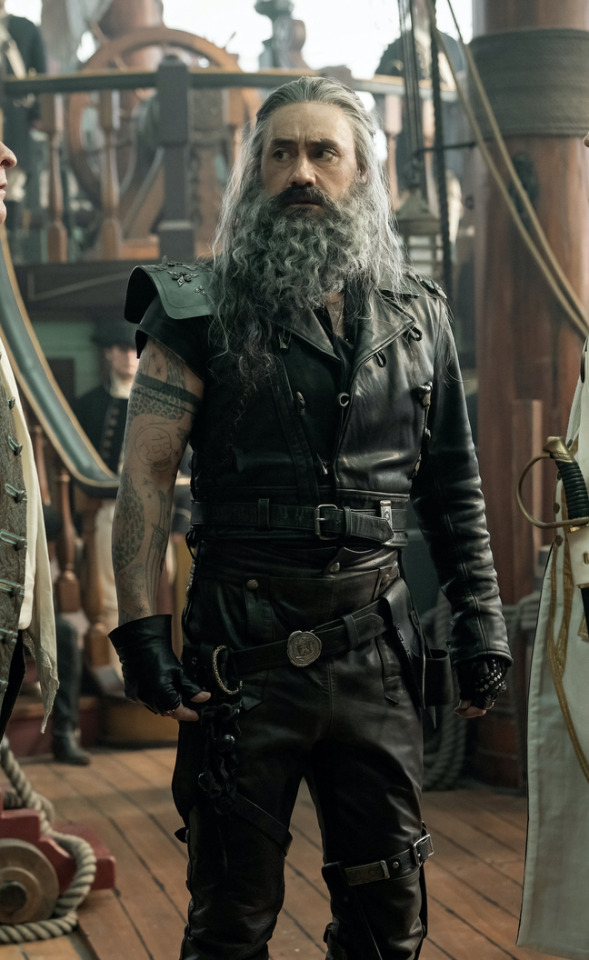
Here's the thing. Leather pants in period dramas isn't new. You've got your Vikings, Tudors, Outlander, Pirates of the Caribbean, Once Upon a Time, Will, The Musketeers, even Shakespeare in Love - they love to shove people in leather and call it a day. But where does this come from?

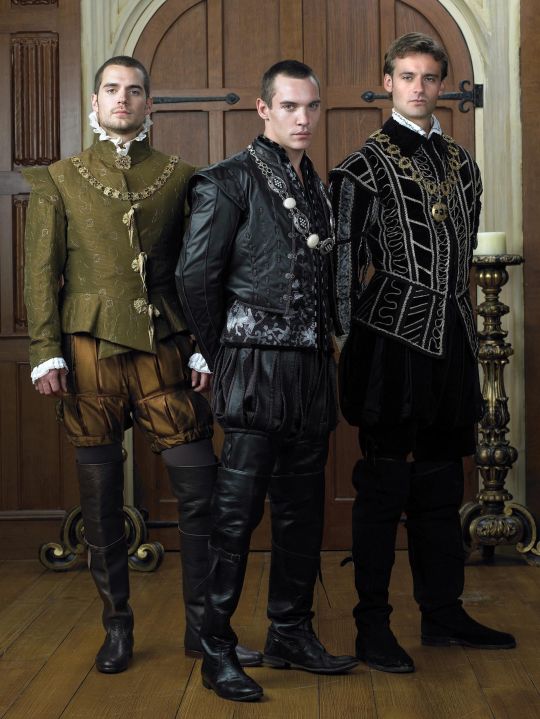
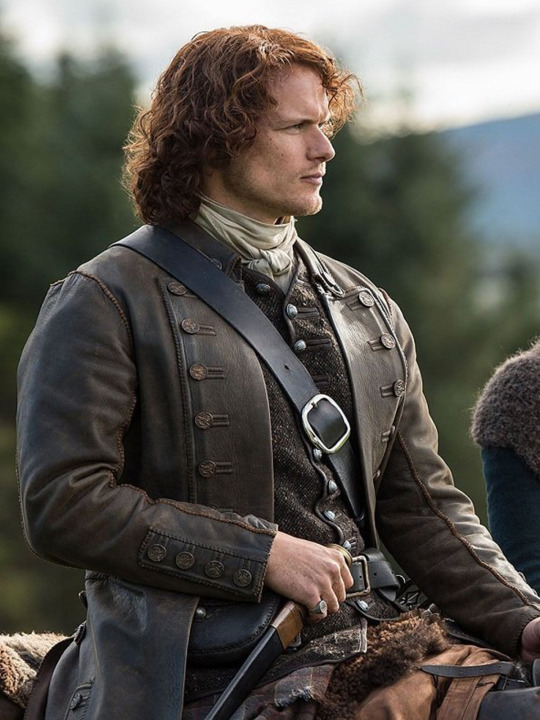

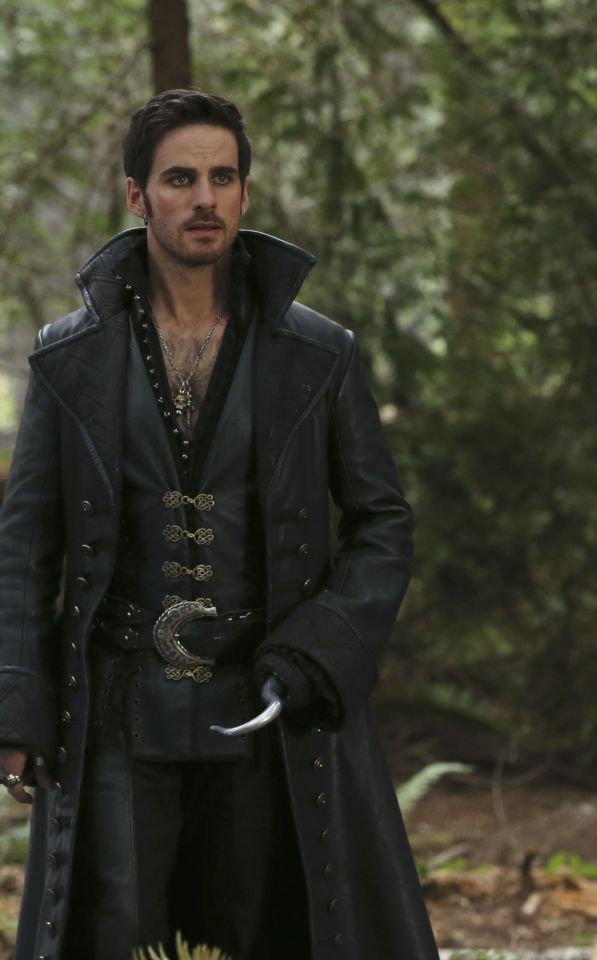
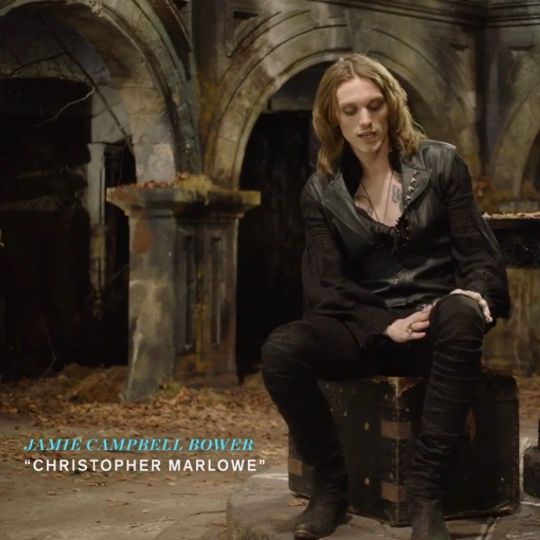
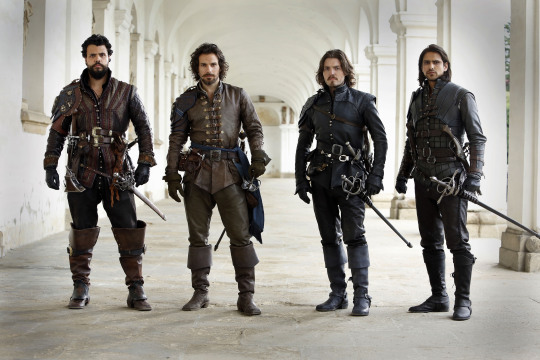

Obviously we have the modern connotations. Modern leather clothes developed in a few subcultures: cowboys drew on Native American clothing. (Allegedly. This is a little beyond my purview, I haven't seen any solid evidence, and it sounds like the kind of fact that people repeat a lot but is based on an assumption. I wouldn't know, though.) Leather was used in some WWI and II uniforms.
But the big boom came in the mid-C20th in motorcycle, punk/goth, and gay subcultures, all intertwined with each other and the above. Motorcyclists wear leather as practical protective gear, and it gets picked up by rock and punk artists as a symbol of counterculture, and transferred to movie designs. It gets wrapped up in gay and kink communities, with even more countercultural and taboo meanings. By the late C20th, leather has entered mainstream fashion, but it still carries those references to goths, punks, BDSM, and motorbike gangs, to James Dean, Marlon Brando, and Mick Jagger. This is whence we get our Spikes and Dave Listers in 1980s/90s media, bad boys and working-class punks.


And some of the above "historical" design choices clearly build on these meanings. William Shakespeare is dressed in a black leather doublet to evoke the swaggering bad boy artist heartthrob, probably down on his luck. So is Kit Marlowe.
But the associations get a little fuzzier after that. Hook, with his eyeliner and jewellery, sure. King Henry, yeah, I see it. It's hideously ahistorical, but sure. But what about Jamie and Will and Ragnar, in their browns and shabby, battle-ready chic? Well, here we get the other strain of Bad Period Drama Leather.
See, designers like to point to history, but it's just not true. Leather armour, especially in the western/European world, is very, very rare, and not just because it decays faster than metal. (Yes, even in ancient Greece/Rome, despite many articles claiming that as the start of the leather armour trend!) It simply wasn't used a lot, because it's frankly useless at defending the body compared to metal. Leather was used as a backing for some splint armour pieces, and for belts, sheathes, and buckles, but it simply wasn't worn like the costumes above. It's heavy, uncomfortable, and hard to repair - it's simply not practical for a garment when you have perfectly comfortable, insulating, and widely available linen, wool, and cotton!
As far as I can see, the real influence on leather in period dramas is fantasy. Fantasy media has proliferated the idea of leather armour as the lightweight choice for rangers, elves, and rogues, a natural, quiet, flexible material, less flashy or restrictive than metal. And it is cheaper for a costume department to make, and easier for an actor to wear on set. It's in Dungeons and Dragons and Lord of the Rings, King Arthur, Runescape, and World of Warcraft.

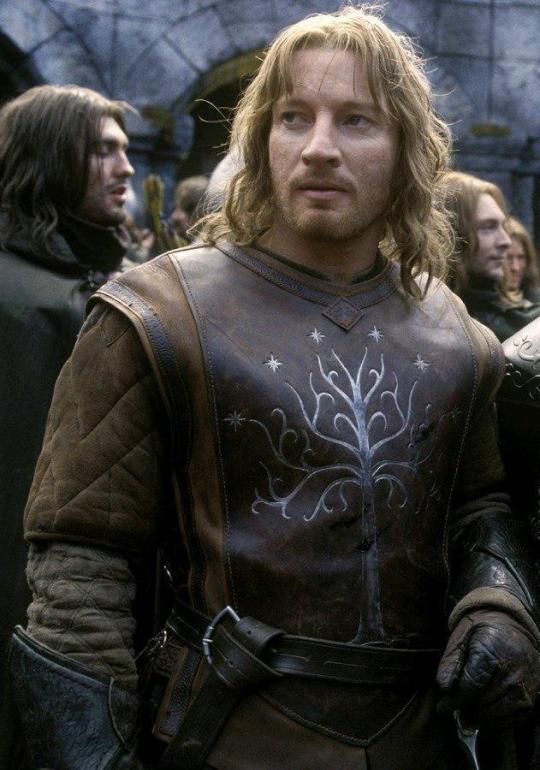
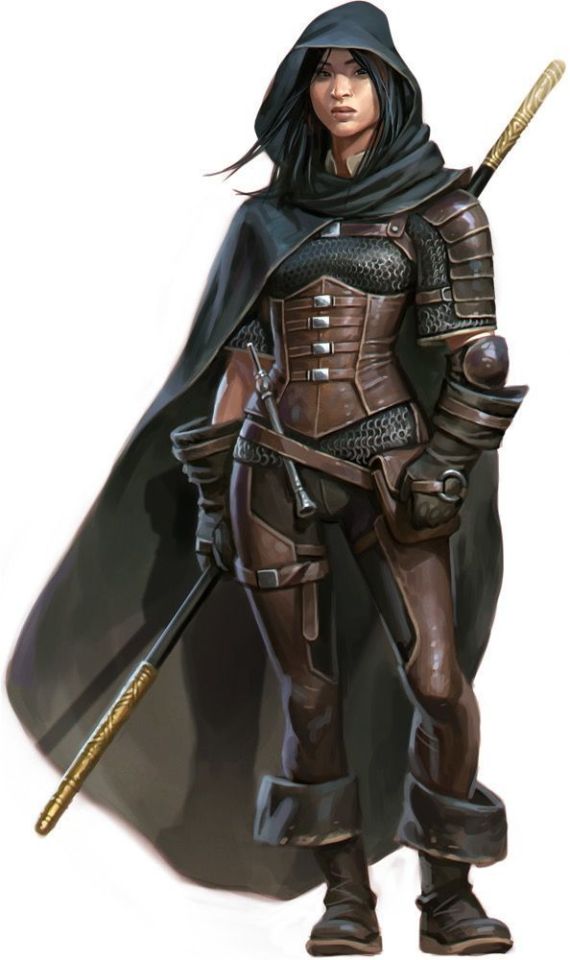
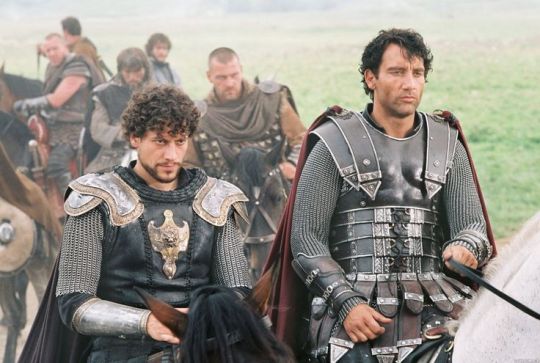

And I think this is how we get to characters like Ragnar and Vane. This idea of leather as practical gear and light armour, it's fantasy, but it has this lineage, behind which sits cowboy chaps and bomber/flight jackets. It's usually brown compared to the punk bad boy's black, less shiny, and more often piecemeal or decorated. In fact, there's a great distinction between the two Period Leather Modes within the same piece of media: Robin Hood (2006)! Compare the brooding, fascist-coded villain Guy of Gisborne with the shabby, bow-wielding, forest-dwelling Robin:

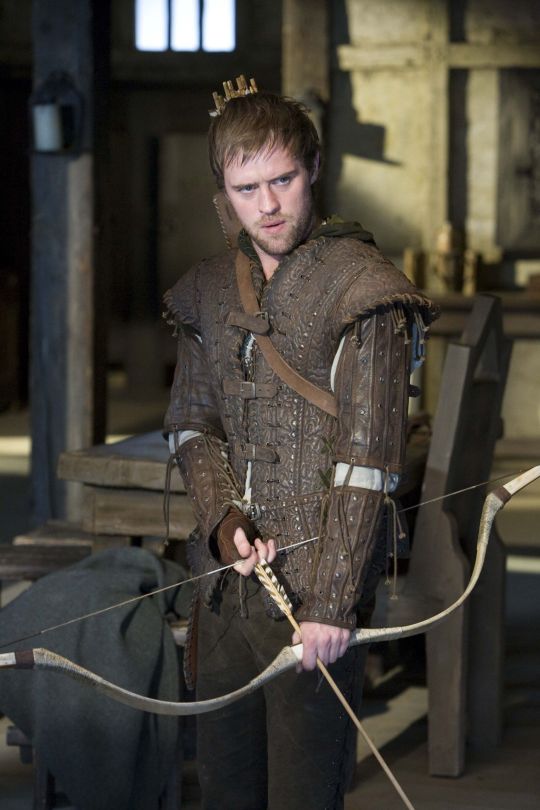
So, back to the original question: What's the difference between Charles Vane in Black Sails, and Edward Teach in Our Flag Means Death?
Simply put, it's intention. There is nothing intentional about Vane's leather in Black Sails. It's not the only leather in the show, and it only says what all shabby period leather says, relying on the same tropes as fantasy armour: he's a bad boy and a fighter in workaday leather, poor, flexible, and practical. None of these connotations are based in reality or history, and they've been done countless times before. It's boring design, neither historically accurate nor particularly creative, but much the same as all the other shabby chic fighters on our screens. He has a broad lineage in Lord of the Rings and Pirates of the Caribbean and such, but that's it.
In Our Flag, however, the lineage is much, much more intentional. Ed is a direct homage to Mad Max, the costuming in which is both practical (Max is an ex-cop and road warrior), and draws on punk and kink designs to evoke a counterculture gone mad to the point of social breakdown, exploiting the thrill of the taboo to frighten and titillate the audience.
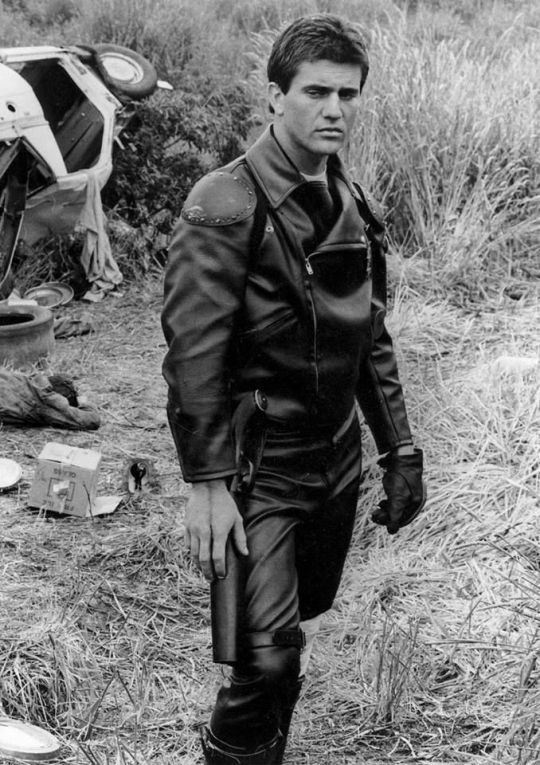
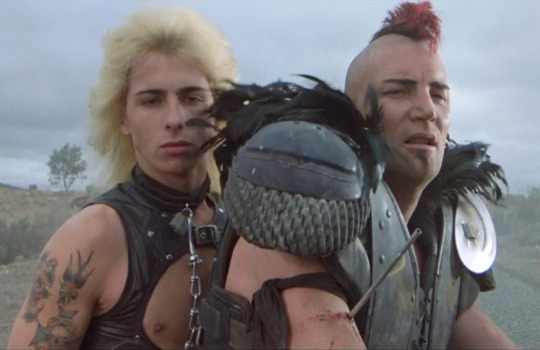
In particular, Ed is styled after Max in the second movie, having lost his family, been badly injured, and watched the world turn into an apocalypse. He's a broken man, withdrawn, violent, and deliberately cutting himself off from others to avoid getting hurt again. The plot of Mad Max 2 is him learning to open up and help others, making himself vulnerable to more loss, but more human in the process.

This ties directly into the themes of Our Flag - it's a deliberate intertext. Ed's emotional journey is also one from isolation and pain to vulnerability, community, and love. Mad Max (intentionally and unintentionally) explores themes of masculinity, violence, and power, while Max has become simplified in the popular imagination as a stoic, badass action hero rather than the more complex character he is, struggling with loss and humanity. Similarly, Our Flag explores masculinity, both textually (Stede is trying to build a less abusive pirate culture) and metatextually (the show champions complex, banal, and tender masculinities, especially when we're used to only seeing pirates in either gritty action movies or childish comedies).
Our Flag also draws on the specific countercultures of motorcycles, rockers, and gay/BDSM culture in its design and themes. Naturally, in such a queer show, one can't help but make the connection between leather pirates and leather daddies, and the design certainly nods at this, with its vests and studs. I always think about this guy, with his flat cap so reminiscient of gay leather fashions.

More overtly, though, Blackbeard and his crew are styled as both violent gangsters and countercultural rockstars. They rove the seas like a bikie gang, free and violent, and are seen as icons, bad boys and celebrities. Other pirates revere Blackbeard and wish they could be on his crew, while civilians are awed by his reputation, desperate for juicy, gory details.
This isn't all of why I like the costuming in Our Flag Means Death (especially season 1). Stede's outfits are by no means accurate, but they're a lot more accurate than most pirate media, and they're bright and colourful, with accurate and delightful silks, lace, velvets, and brocades, and lovely, puffy skirts on his jackets. Many of the Revenge crew wear recognisable sailor's trousers, and practical but bright, varied gear that easily conveys personality and flair. There is a surprising dedication to little details, like changing Ed's trousers to fall-fronts for a historical feel, Izzy's puffy sleeves, the handmade fringe on Lucius's red jacket, or the increasing absurdity of navy uniform cuffs between Nigel and Chauncey.
A really big one is the fact that they don't shy away from historical footwear! In almost every example above, we see the period drama's obsession with putting men in skinny jeans and bucket-top boots, but not only does Stede wear his little red-heeled shoes with stockings, but most of his crew, and the ordinary people of Barbados, wear low boots or pumps, and even rough, masculine characters like Pete wear knee breeches and bright colours. It's inaccurate, but at least it's a new kind of inaccuracy, that builds much more on actual historical fashions, and eschews the shortcuts of other, grittier period dramas in favour of colour and personality.
But also. At least it fucking says something with its leather.
#everyone say 'thank you togas' for not including a long tangent about evil rimmer in red dwarf 5x05#Our Flag Means Death#Togas does meta#and yes these principles DO fall apart slightly in s2 and i DON'T like those costumes as much#don't get me wrong they're fun and gorgeous - but generally a bit less deep and more inaccurate. so. :(#I'm not sure this really says anything new about Our Flag but I just needed to get my thoughts out#i hate hate hate Gritty Period Drama costumes they're so boring and so ugly and so wrong#god bless OFMD for using more than 3 muted colours and actually putting men in heels (and not as a shorthand for rich/foppish villainy) <3#looking at that Tudors still is insane like they really will go to any lengths to not make men feel like they've got bare legs XD#image descriptions in alt text#and yes i DID just sink about two hours into those so you'd better appreciate them
1K notes
·
View notes
Text

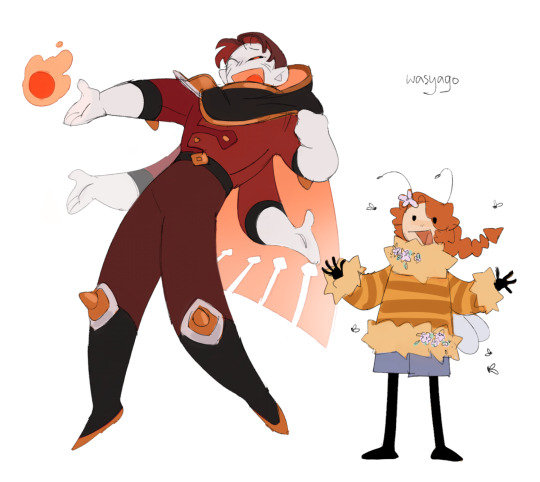

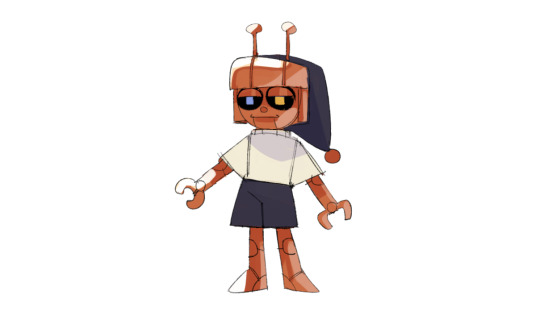
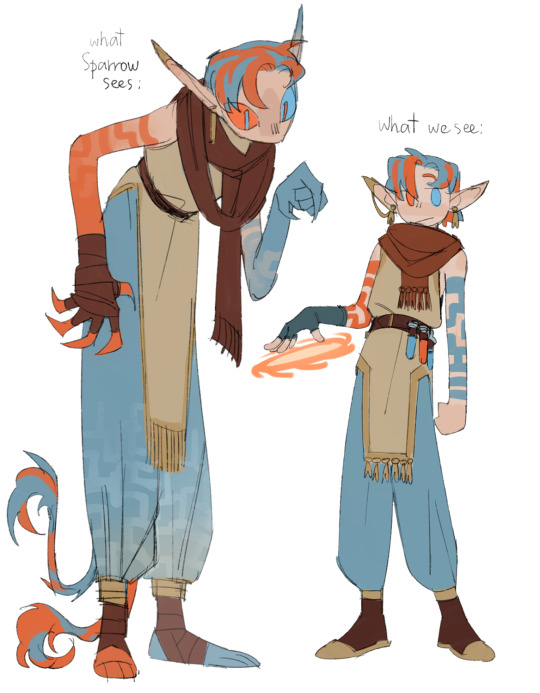
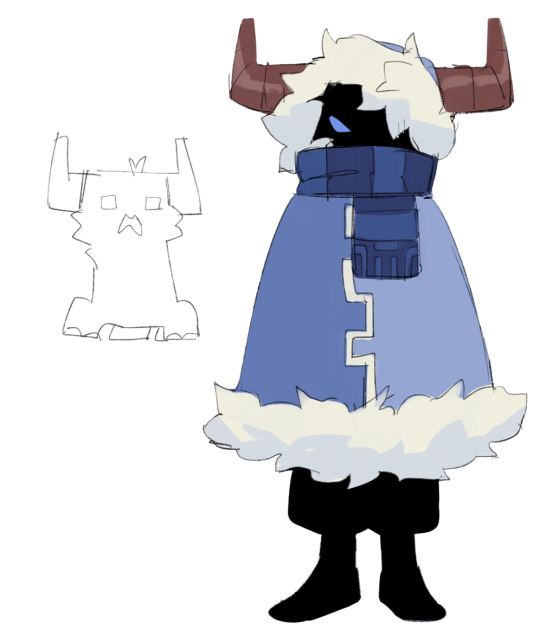
the brainrot won
#GUY S i know i haven't posted anything in a while and thats because im working on a big cool project that i really want to finish without-#distractions. but uh. as you can see. ive been distracted 😔. still working on it tho!!!! and im very happy with it turns out its just-#super time and energy consuming so ive tried to limit my intake of other media to not make myself want to draw other stuff#i also haven't read the last two (two already?????) chapters of RnS and im very sad about it and i want to read it but you know that if i-#read it ill want to make fanart and then ill never finish my project :(#SO. sorrey for the lack of art itll be coming when im free to draw!!!!!!!#but also. yes ive watched new life because i dont want to go insane with nothing but this project on my mind and umm. had to take a little-#break to do a couple designs for fun... and to switch it up a bit because for real im going insane i think#ALSO. friend got me into zelda botw and i haven't played a whole lot yet (because project) but ive tried to take some inspiration for-#designs from there. at least for joel and scott. everyone else not so much...#WELL ANYWAYS this is getting long. i should really stop rambling in the tags and just make separate posts for all this but i dont want to#umm. tags.#new life smp#smallishbeans#mythical sausage#geminitay#pearlescentmoon#smajor1995#inthelittlewood#my art#sketch
4K notes
·
View notes
Text

more of the dapper lad! i Cannot get him out of my brain
#i sit down to draw dragons and/or ocs and OOPS my hand slipped its wally#hes so. bites him bites him bites him#but affectionately <3#but also with affectionate intent to maim <3#every time i feel like my feelings about him are starting to level out to a normal baseline....#....i feel a heart squeeze and im back to insanity#welcome home#scribble garnish#wally darling#welcome home wally#welcome home puppet show#also i am once again imaging that he is modeling for sally#this is alternatively titled 'consistency? dont know her'#his hair confuses me so much#no matter how many times i look at references or draw him it still baffles me#which way does it curl? how does it floof? fuck if i know!#yknow before i drew this i set out with the intent to put Other neighbors in schmancy outfits#and then i saw that colorblock shirt. and it all went downhill#its 2 am now.#i spent a solid hour making a fancy background but i scrapped it bc it was Too Much
4K notes
·
View notes
Text

I HATE MIRROR MIRROR IM GOIGN TO FROW UP
#this still counts as face practice😋😋😋#IM LITERALLY GOING INSANE ABOUT THEM#star trek#star trek tos#leonard mccoy#doctor mccoy#bones mccoy#how many name variations does he have cmon#spock#mirror spock#SO ANYWAY. I HATE MIRRORVERSE IT UPSETS ME DEEPLY. I DON'T LIKE EVIL#👈niceguy#i mean like yeah im insane insane insane about mirror mirror but the evil fics make me nauseous😋😋#i kinda like it. but anyway#bones is such a creature. ignore spock being even more creature#wait is that spones? it is yes it is btw#spones
900 notes
·
View notes